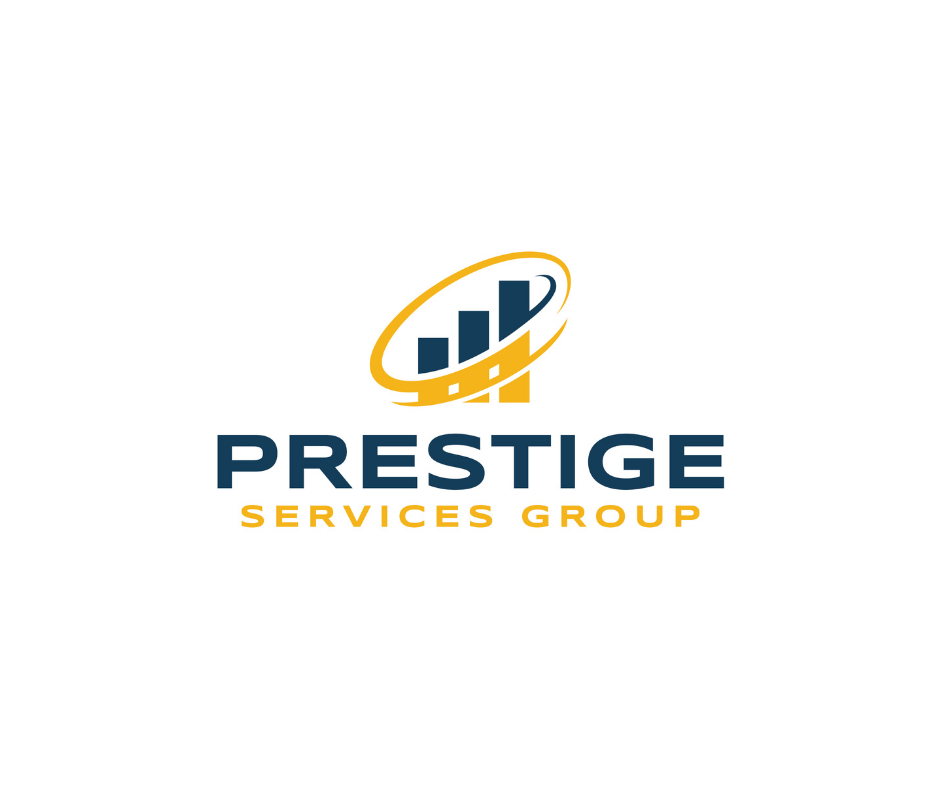Entrepreneurship is a thrilling journey filled with challenges and triumphs. One of the key factors that can determine the success of a venture is financial stability. In 2024, there are a variety of financial options available to entrepreneurs, ranging from traditional loans to innovative crowdfunding platforms. Let's explore some of the top financial options for entrepreneurs this year:
1. Traditional Bank Loans:
- Overview: Traditional bank loans are a classic option for entrepreneurs looking for capital.
- Benefits: Lower interest rates, structured repayment plans, and potential for building credit.
- Considerations: Stringent eligibility criteria, longer approval processes, and collateral requirements.
2. Online Lenders:
- Overview: Online lenders offer a faster and more accessible alternative to traditional banks.
- Benefits: Quick approval, flexible terms, and options for borrowers with less-than-perfect credit.
- Considerations: Higher interest rates compared to traditional loans, varying fees, and potential for predatory lending practices.
3. Venture Capital:
- Overview: Venture capital involves investors providing funding to startups in exchange for equity.
- Benefits: Significant funding, access to expertise and networks, and validation of the business idea.
- Considerations: Loss of control and ownership, high expectations for growth, and long-term commitment to investors.
4. Angel Investors:
- Overview: Angel investors are individuals who provide capital to startups in exchange for ownership equity or convertible debt.
- Benefits: Flexible terms, mentorship opportunities, and potential for long-term partnerships.
- Considerations: Finding the right investor, negotiating terms, and relinquishing some control over the business.
5. Crowdfunding:
- Overview: Crowdfunding platforms allow entrepreneurs to raise small amounts of money from a large number of people.
- Benefits: Access to capital without giving up equity, validation of the idea, and marketing opportunities.
- Considerations: Time-consuming campaign management, platform fees, and the need for a compelling pitch.
6. Peer-to-Peer Lending:
- Overview: Peer-to-peer lending platforms connect borrowers with individual lenders willing to lend money.
- Benefits: Competitive interest rates, quick approval processes, and potential for lower fees.
- Considerations: Limited regulation, risk of default, and varying loan terms.
7. Government Grants and Programs:
- Overview: Governments offer grants, subsidies, and programs to support entrepreneurship and small businesses.
- Benefits: Non-repayable funding, support for specific industries or projects, and access to government resources.
- Considerations: Strict eligibility criteria, competition for funding, and complex application processes.
8. Personal Savings and Bootstrapping:
- Overview: Entrepreneurs can use their personal savings or bootstrap their businesses, relying on revenue to fund growth.
- Benefits: Full control over the business, no debt or equity obligations, and potential for higher profits.
- Considerations: Limited initial capital, personal financial risk, and slower growth compared to funded startups.
In conclusion, the financial landscape for entrepreneurs in 2024 offers a wide array of options to fund their ventures. Each option comes with its own benefits and considerations, and the right choice depends on the unique needs and goals of the entrepreneur. By exploring these options and understanding their implications, entrepreneurs can make informed decisions to fuel the success of their businesses.

